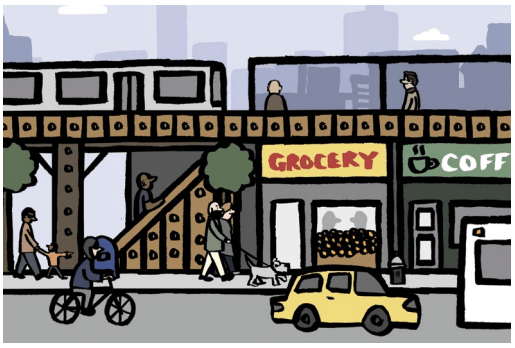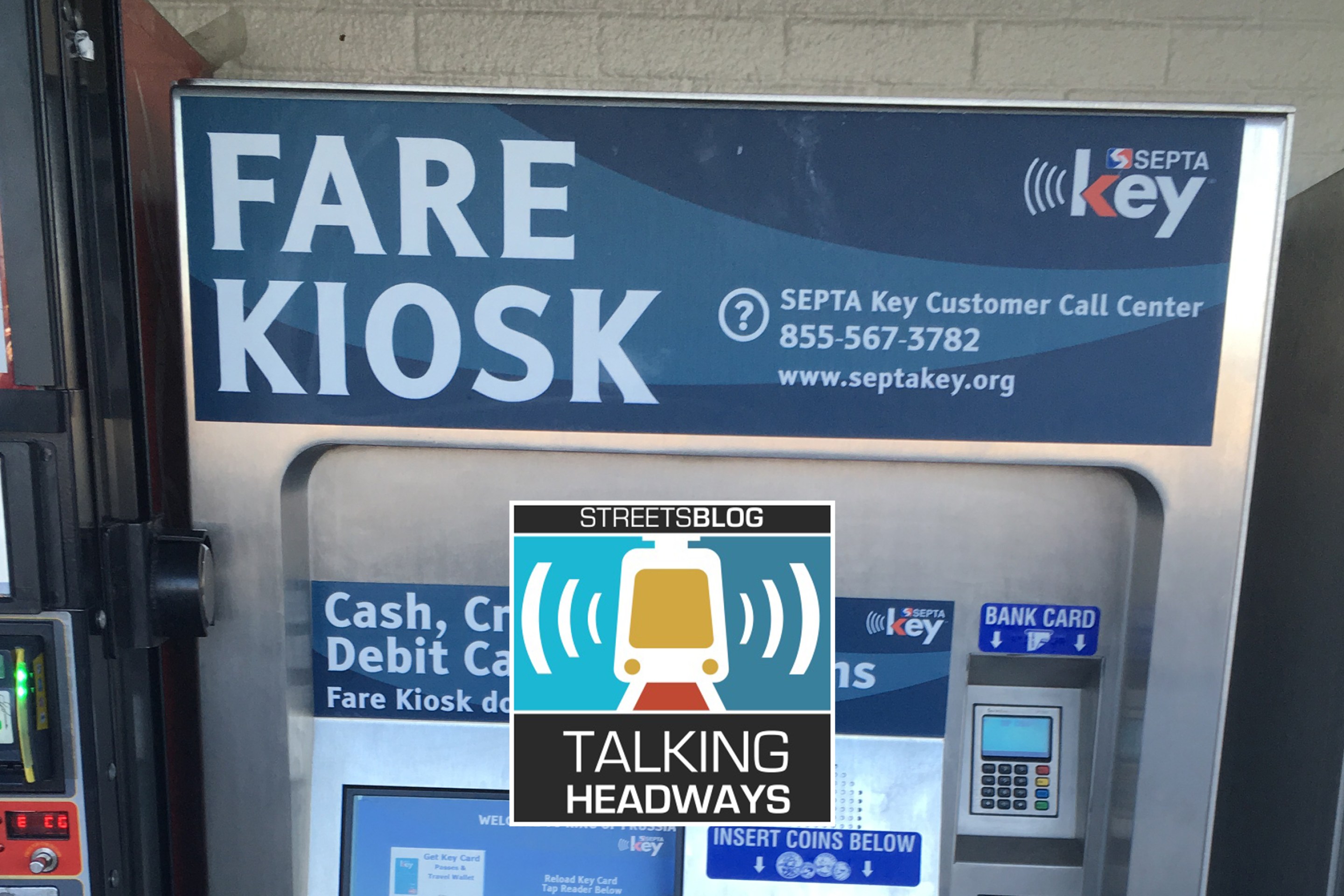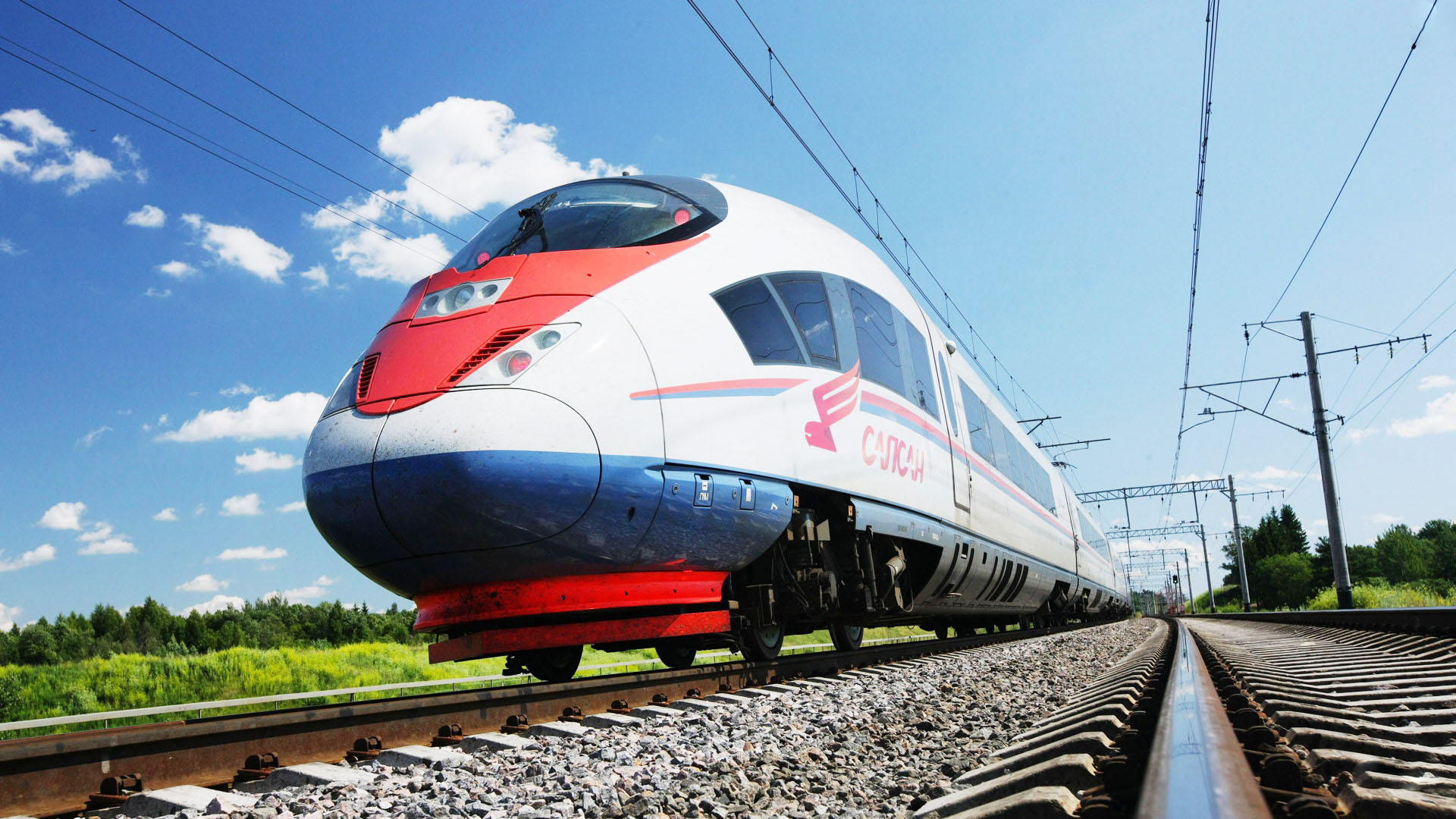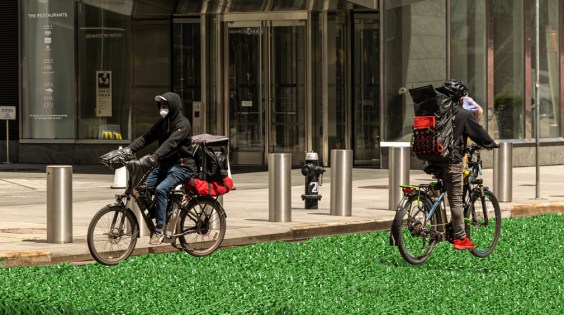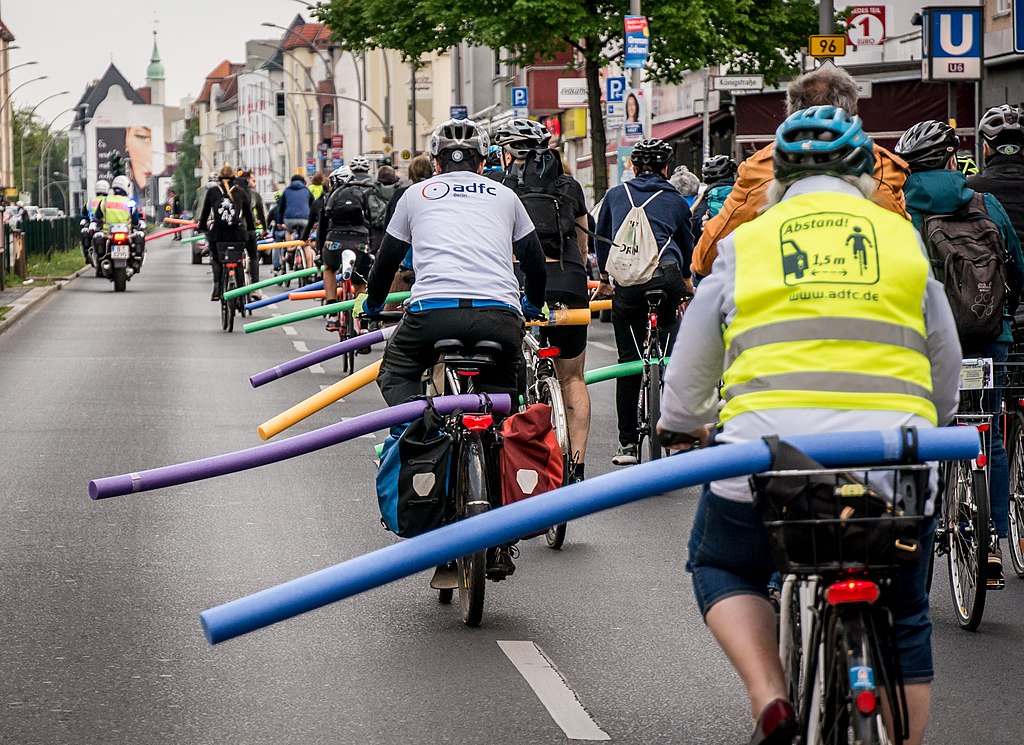The conventional wisdom about transit often divides riders into two neat categories: "choice" riders -- higher-income people with cars -- and "captive" riders -- lower-income people who must use transit because they don't own cars.
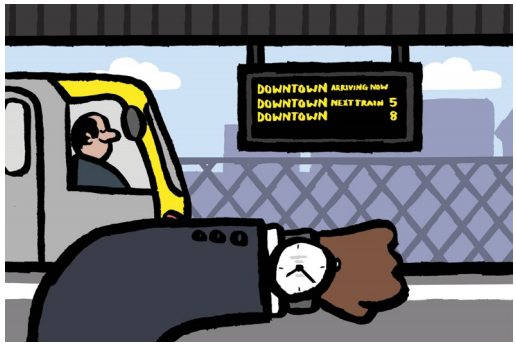
But this framework can undermine good transit, according to a new report from TransitCenter [PDF]. In the attempt to cater only to "choice" riders or "captive" riders, public officials often make decisions that don't accomplish what everyone wants from transit -- fast, frequent, reliable service that takes them where they want to go.
TransitCenter surveyed more than 3,000 transit riders across 17 regions -- and conducted focus groups in three major cities -- to get a better picture of why people take transit. The responses were combined with data from All Transit, a tool that assesses the quality of transit service in different locations, to inform the report's conclusions.
While having access to a car does influence how much people use transit, other factors are more important. In walkable neighborhoods with frequent transit service, people with and without cars both ride transit more than people in areas with poor transit.
Far from being "captive," transit riders without cars are in fact very sensitive to the quality of service. So-called "captive" riders have other choices available, like biking, taxis, and borrowing cars, and most do take advantage of them -- almost two-thirds of car-free transit riders had done so in the last month.
A big problem with the "choice/captive" rider dichotomy, says lead report author Steven Higashide, is that it prompts planners to invest in "sexy" features aimed at luring "choice" riders out of cars -- like Wi-Fi or comfortable seats. The notion of the "choice rider" has been used to justify mixed-traffic streetcar projects that operate slowly and don't actually serve many people.
Regardless of whether transit riders own a car, what actually matters to them aren't the bells and whistles, or even the type of vehicle, but the basics: service they can depend on to get places on time.
"Transit has to compete for every rider," Higashide told Streetsblog. "There’s often this assumption that people without cars have no choice, have to ride transit. People are sensitive to transit quality regardless of car ownership."
TransitCenter suggests another way to frame how and why people use transit -- by looking at the types of trips they use it for:
- "Occasional riders" only use transit for unusual trips.
- "Commuters" use it to travel to work but not for many other journeys.
- "All-purpose riders" take transit to work, to do errands, and for a variety of trips.
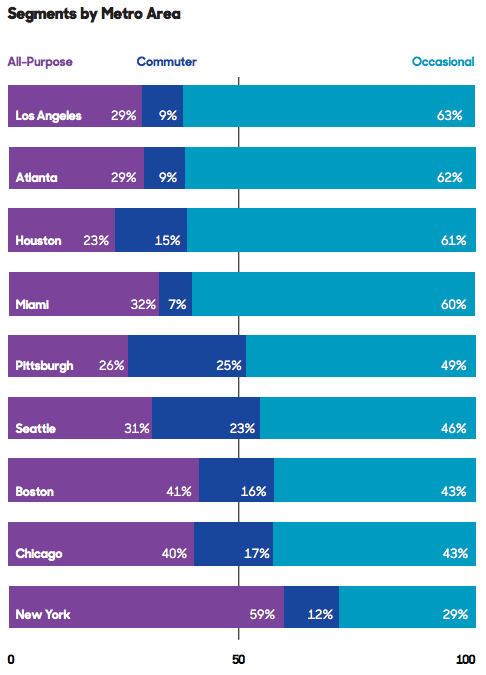
In Tucson, for example, only two percent of households have a member who commutes regularly by transit. But in 20 percent of households, at least one person occasionally uses transit for some reason. This gap illustrates the potential for ridership growth if transit better serves people's everyday needs.
Meanwhile, all-purpose riders make the majority of transit trips (about 55 percent), despite accounting for a smaller share of the transit-riding public (32 percent). When transit systems have a higher share of all-purpose riders, that's a sign that their service is useful for the full spectrum of trips people want to make.
So how can cities make transit so appealing that occasional riders or commuters become "all-purpose" riders? TransitCenter says there are three important factors.
1. Walkability
All-purpose transit riders are the most likely to walk to transit -- about 80 percent do so compared to 57 percent of commuters. That means cities and transit agencies need to identify obstacles to walkability around stations and fix them. TransitCenter cites Evanston, Illinois, and Arlington, Virginia, as two cities that have made strides to improve walkability near transit.
Transit agencies should also seek to concentrate service in walkable areas. After Sound Transit extended University Link in Seattle three miles, for instance, daily boardings increased from 35,000 to 57,000. In contrast, projects that don't serve clusters of destinations (like Atlanta's streetcar, half of which is in a relatively undeveloped area) or don't have good pedestrian connections to stations (like the DC Metro Silver Line expansion in Tyson's Corner), tend to fall short of ridership expectations.
2. Frequent Service
When transit riders were asked which type of service improvement they value most, increased frequency rated second. Among transit riders who were satisfied with their local transit service, 81 percent gave the system high marks for service frequency. Meanwhile, among those who were unsatisfied, just 32 percent said the same.
"People felt very viscerally how low frequencies impacted them if they miss a transfer," said Higashide.
This finding suggests transit agencies should focus resources on providing frequent service to walkable corridors, rather than trying to spread service thinly over a wider area. Houston recently redesigned its bus system to create a network of frequent service, and the early results are encouraging.
3. On-Board Travel Time
Not surprisingly, getting places quicker once on board is the service improvement riders want most.
"The fundamentals of travel time and frequency are priorities across the income spectrum," said Higashide.
To improve travel speed, TransitCenter recommends a few strategies. Transit agencies and city officials can speed up buses with prepaid fare payment, dedicated bus lanes, signal priority at intersections, and consolidating stops.
